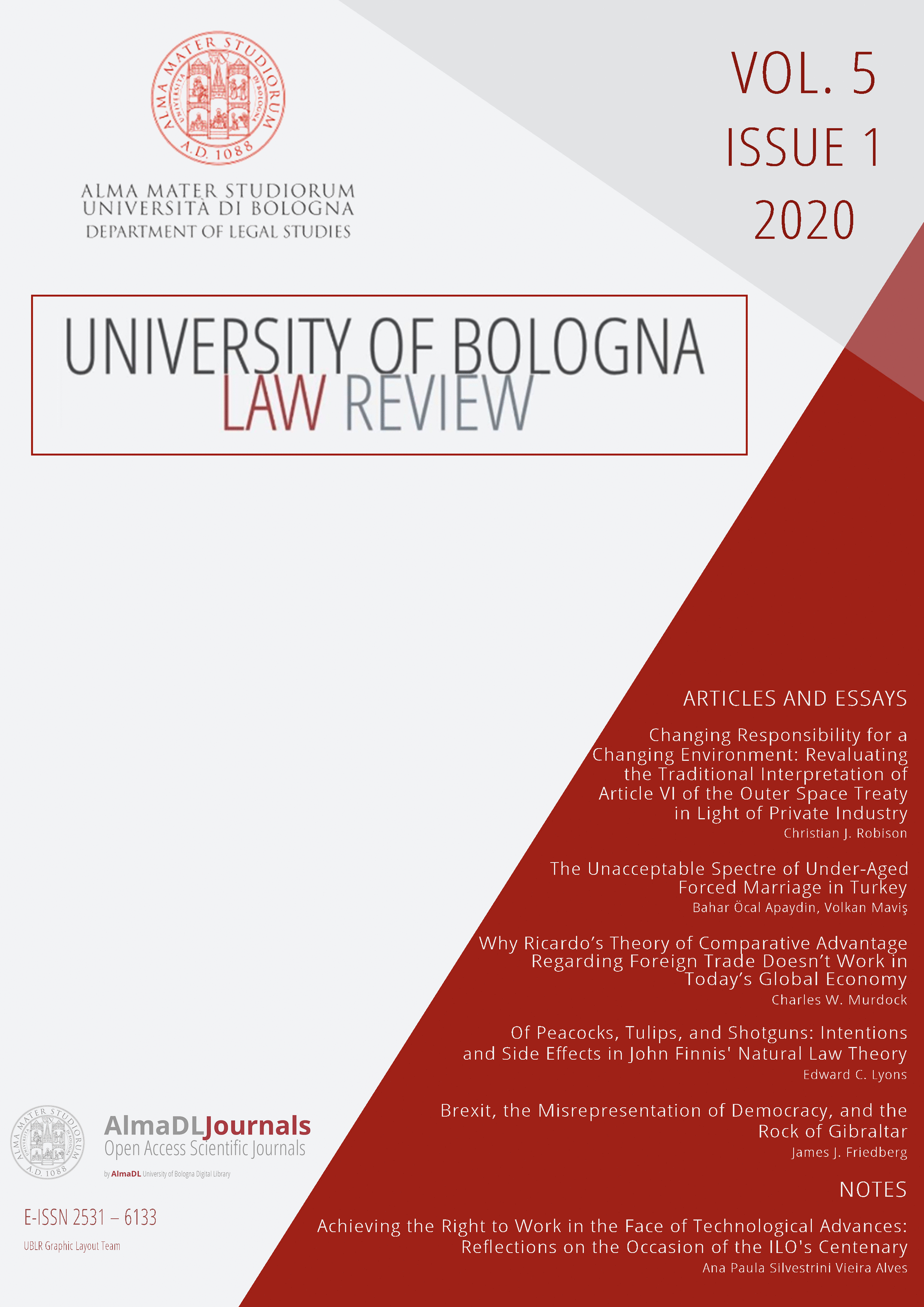Of Peacocks, Tulips, and Shotguns: Intentions and Side Effects in John Finnis' Natural Law Theory
DOI:
https://doi.org/10.6092/issn.2531-6133/11161Keywords:
Basic Goods, Natural Law, Intention, Side Effects, FinnisAbstract
This article constitutes a detailed response to John Finnis’ present-day critique and deconstruction of two famous tort cases decided in England in the first half of the nineteenth century: Ilott v. Wilkes (King’s Bench 1820) and its progeny Bird v. Holbrook (Court of Common Pleas 1828). Both cases involved trespassers who were seriously injured upon entering landowners’ property without permission. Their injuries were caused by means of ‘man-traps,’ i.e., shotguns set outdoors by a landowner and primed to fire upon contact with a tripwire. Finnis concedes that in laying man-traps, landowners may not have had a desire to harm (in fact they may have had a desire not to harm) but merely to deter. Nevertheless, according to Finnis, any landowner setting such devices, even if he posts clear warnings, ineluctably involves that owner in “conditionally, but really” intending to kill or seriously injure. The present article challenges this view. It argues, by applying Finnis’ own natural law theory of human action, intention, and choice, that his conclusion is undermined. While this topic may appear arcane to some, it focuses attention on important general questions in legal theory and philosophy about the meaning of intentions, choices, and side effects.
Downloads
Downloads
Published
How to Cite
Issue
Section
License
Copyright (c) 2020 Edward C. Lyons
The copyright of all the manuscripts on this journal belongs to the respective authors.
This journal is licensed under a Creative Commons Attribution 4.0 International License (full legal code).
See also our Open Access Policy.












